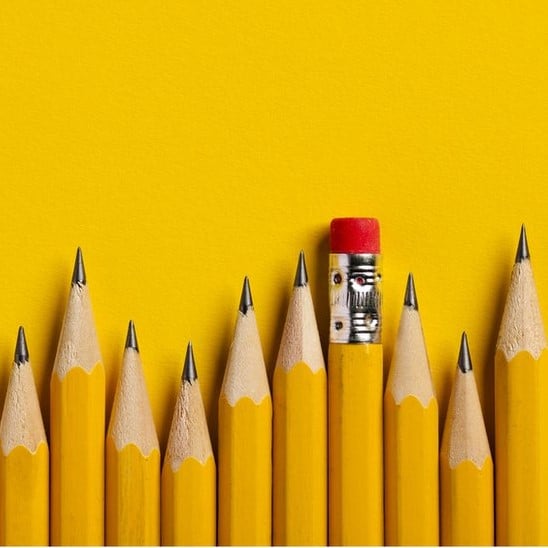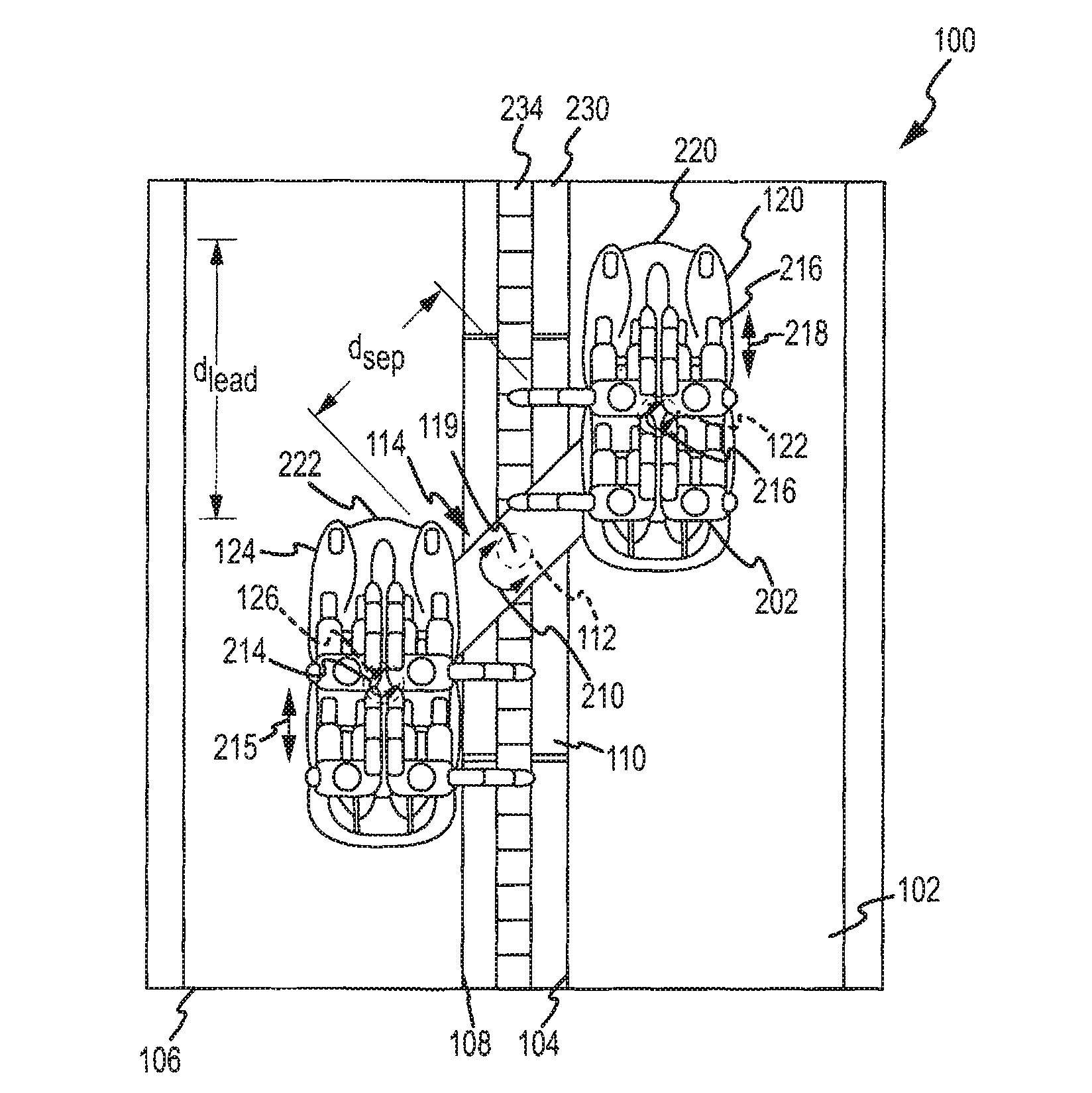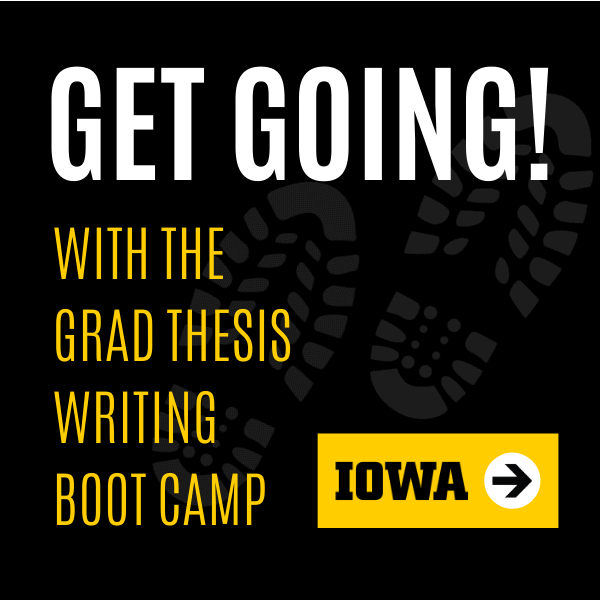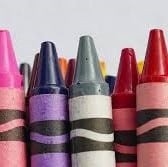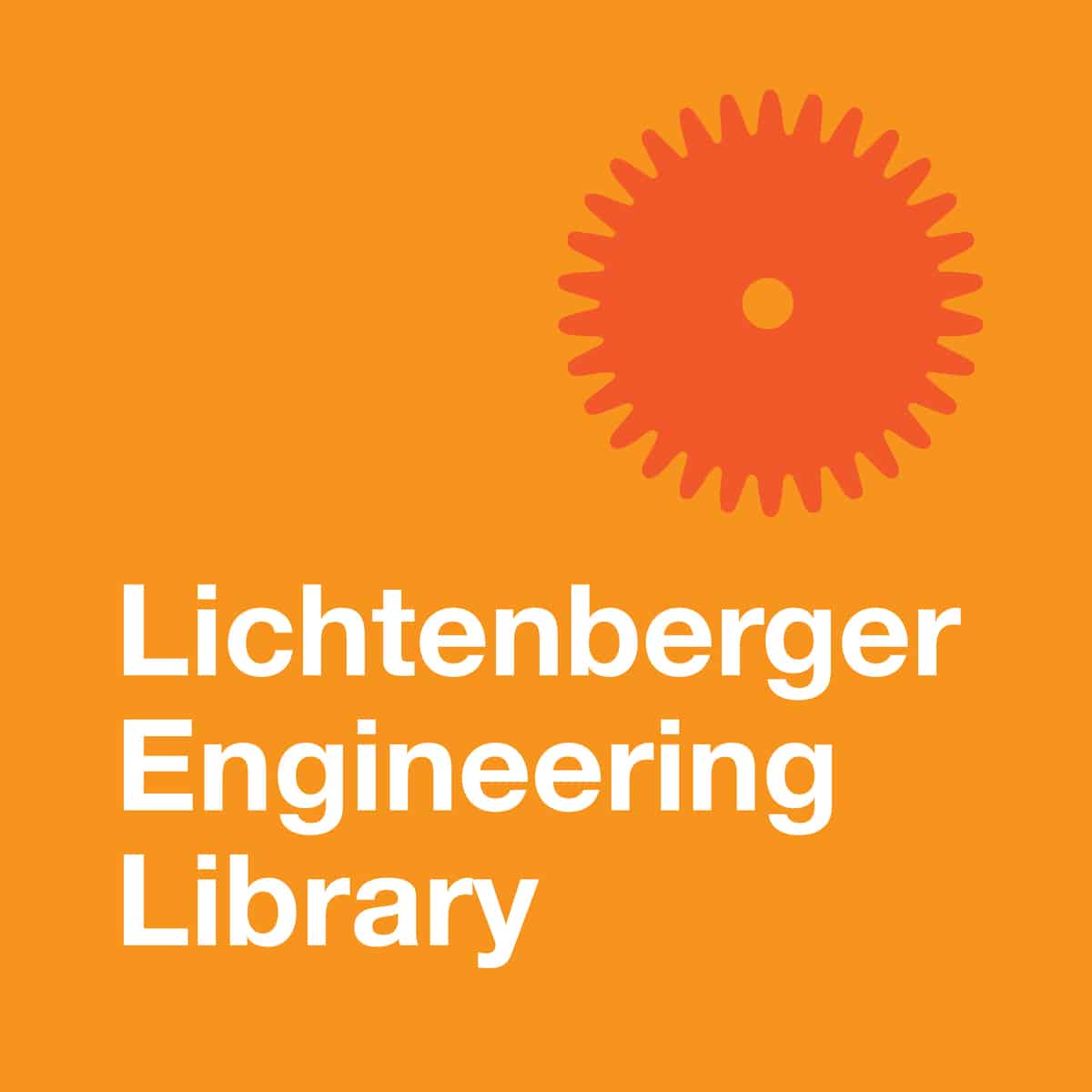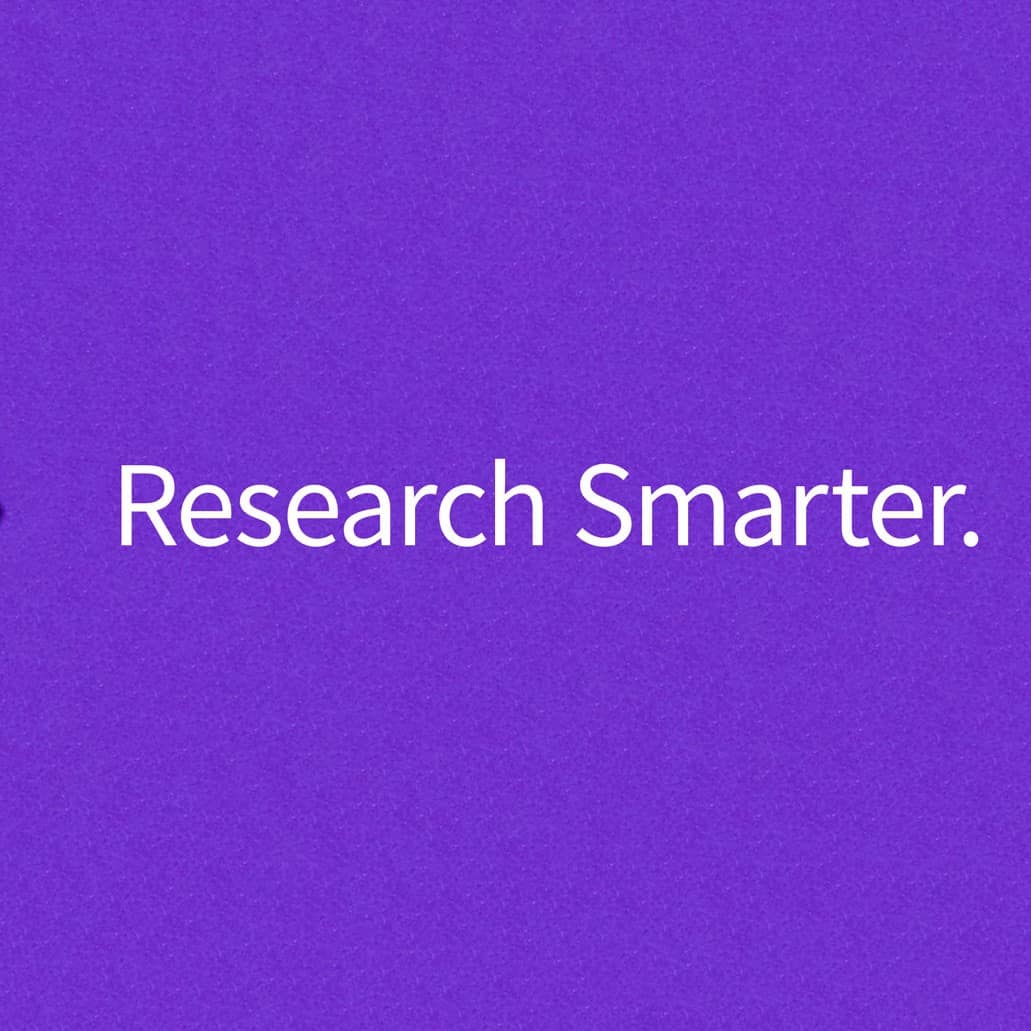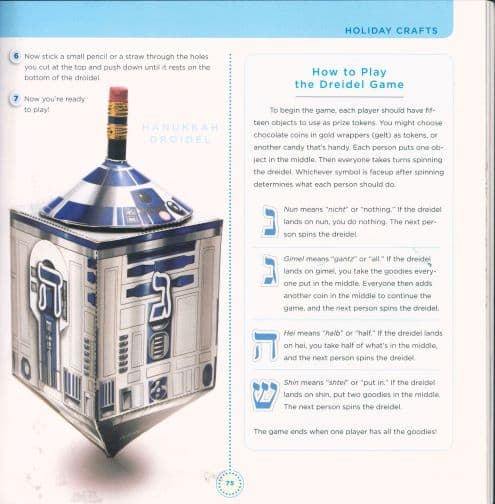March 30th is National Pencil Day!! I bet you don’t think much about the pencil when you think about picking it up and getting to work. Probably when it needs to be sharpened or when the mechanical pencil needs more lead, but most of us don’t think of the pencil often. It just is there.Continue reading “It’s National Pencil Day!!”
Category Archives: Resources
Rain, Rain, Go Away?
Rain, Rain, Go Away? or Rain, Rain, Go Away? How about you come and stay? Okay, we don’t really want the rain to come and stay, and stay, and stay . . . But wouldn’t it be nice to have access to that rainwater when the rain does go away? And the sun comes outContinue reading “Rain, Rain, Go Away?”
Need to Return Some Library Material?
Wondering about returning the resources you’ve borrowed from the library? It may be easier than you think! University of Iowa students can return items to the Lichtenberger Engineering Library and to any of the UI Libraries from afar! You may drop items off at one of 46 participating libraries across the state and region.Continue reading “Need to Return Some Library Material?”
Designing Disney!
It’s (almost) summer and time to think of vacations. Do you love amusement parks? It may be a little more difficult to go to an amusement park this summer, but when you are waiting in line for the your chance at surviving the Rock N Roller Coaster starring Aerosmith, have you ever wondered howContinue reading “Designing Disney!”
Virtual Boot Camp! UPDATED
In conjunction with the #ShutDownAcademia, #ShutDownSTEM, and #Strike4BlackLives initiatives, the workshop has been postponed until tomorrow, June 11th, at 2 pm. We encourage everyone to take today and consider ways to combat the racism that is pervasive in the academia, the community, and our country. The Engineering Library has helped to compile an introductory reading listContinue reading “Virtual Boot Camp! UPDATED”
Color Your World!
Looking for a relaxing, creative activity while social distancing? Does anyone in your household like to color? We have some of the best coloring pages around – and they are all FREE!!! If you go to InfoHawk+ – the University of Iowa Libraries search engine – and search for coloring books, you’ll find you getContinue reading “Color Your World!”
Looking for Some Online Music & Video Entertainment?
Need a break from all the usual streaming channels? We have access to online music and videos you can explore and enjoy! Interested in music and the performing arts? Head over to this Alexander Street website for free access to links for all sorts of music and performing arts! This website has videos ofContinue reading “Looking for Some Online Music & Video Entertainment?”
Check Our E-Resources While You Are Away!
Guest Blogger: Qianjin (Marina) Zhang You may be far from the UI campus during the foreseeable future, but we here at the Engineering Library continue to support your study through thousands of online resources! Here are highlights some of our e-resources that you might want to check out! If you need references and handbooks forContinue reading “Check Our E-Resources While You Are Away!”
Creating Citations! Learn & Create Workshop
Creating Citations Quickly & Easily with Endnote Tuesday, March 3rd; 5:00 PM Engineering Library Creative Space Please bring your laptop. You need to write a research paper. You aren’t looking forward to it. You really want a way to make your research and writing more efficient – AND easily create a correctly formattedContinue reading “Creating Citations! Learn & Create Workshop”
Need Fun Activities for Break?
It’s the holiday break. You’ve opened presents, eaten, napped, and now what? How about some fun DIY projects and crafts? Maybe start out with something from The Star Wars Craft Book. Want to start with a holiday-themed craft? How about a Hanukkah Droidel? The appendix comes complete with the Droidel pattern (it also has patternsContinue reading “Need Fun Activities for Break?”
